No matter where you live, we have a location to repair or paint your alloy rims.
Find a Location
Serving the United States and Canada, we have a wheel repair expert to help you.
Curb rash and bent rims are a breeze to fix. Get your alloy wheels repaired and get back on the road.
Learn More
We can paint your rims the color of your choice. Powder coating is available too.
Learn More
From minor cosmetic damage to complete restoration, Alloy Wheel Repair Specialists offers professional and affordable alloy rim repair. We can straighten and refinish wheels with the custom color of your choice.
If your rims are beyond repair, we have access to the best-quality OEM replacements.
At Alloy Wheel Repair Specialists, we’re dedicated to providing the highest-quality rim repair services to our customers. Our technicians can restore your wheels to their original condition, with fast turnaround times, close attention to detail and safety. Curb rash, bent wheels and cracked rims are not just a cosmetic issue, they also lead to performance and safety issues.
We will return your wheels to their former glory while adhering to the highest industry standards.
Restore your wheels to their original condition or choose a custom finish with our wheel custom coloring service. Powder coating offers a durable finish that will protect your rims, and custom painting lets you personalize your rims with unique color schemes and eye-catching designs.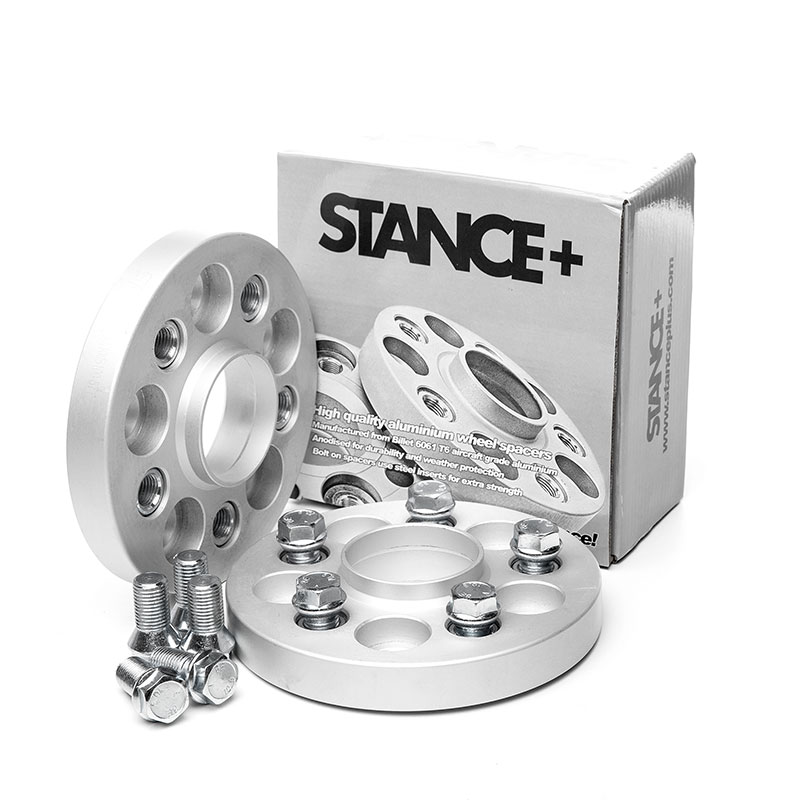
See Our Gallery
It won’t always be possible to repair damaged wheels and maintain vehicle safety. But thanks to OEM replacements, there’s no need to worry. Alloy Wheel Repair Specialists stocks a wide selection of OEM wheels that are exact replicas of the original rims. Plus, our relationship with many suppliers means we can locate even hard-to-find alloy wheels.
We provide OEM replacements at affordable prices to guarantee authenticity and durability, with wheels coming from the original manufacturers. Let us know the alloy wheels you need, and we can track down rims that meet your exact specifications.
We are the world’s largest provider of wheel refinishing, wheel remanufacturing and wheel replacement.
All our wheel repair processes are thoroughly researched and evaluated. Each technician is trained and certified.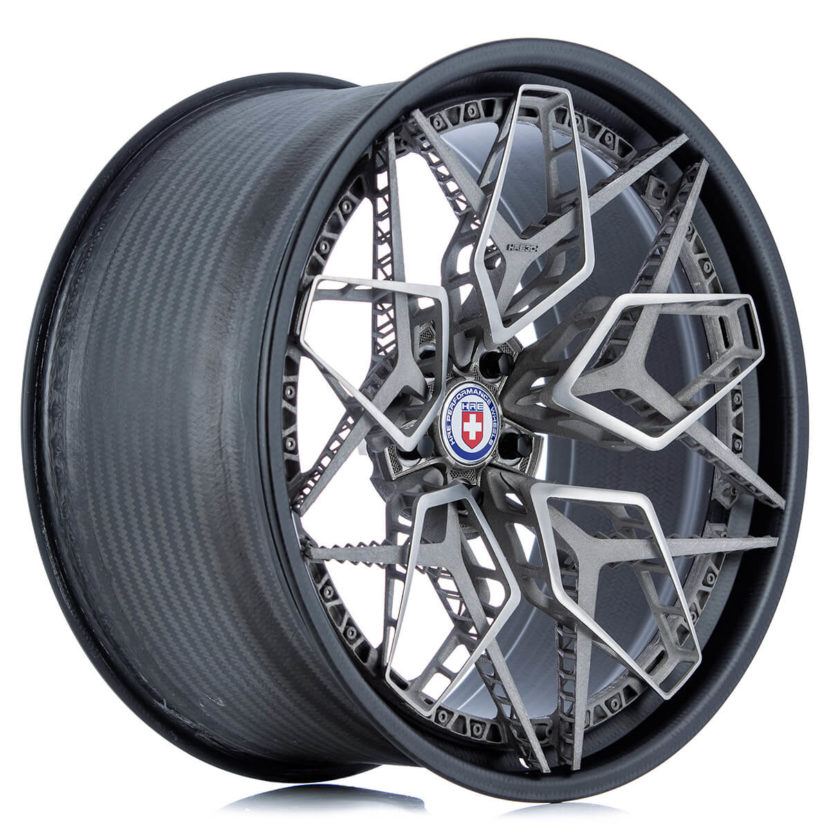 Whether you want to get your wheels refinished or paint. We’ll get you back on the road.
Whether you want to get your wheels refinished or paint. We’ll get you back on the road.
Find a Location
Not sure if we can help you repair your wheel? We do it all. Bring your wheel to us and we’ll figure it out. We strive for customer excellence.
Work at a car dealership or body shop? Partnering with you to get your customer’s wheels repaired and back on the road safely is our priority.
Looking for a growing company to call home? Our team could be for you. Learn more about becoming a wheel repair technician now.
OEM wheel replacements are available when rims are damaged beyond repair. We can help you find your replacement through our eBay and Amazon stores.
Read More Reviews
Read More Blogs
Then give us a Call or Request a Wheel Repair Request Online
Alloy Wheel Repair Specialists
Corporate Office
Business Days & Hours
Monday thru Friday
8:30 am to 5:30 pm
(770) 903-1236
Quick Links
Connect With Us
Facebook-f Youtube Linkedin Twitter Envelope
Become an AWRS Insider! Join Our Email List.
Alloy Wheel Repair Specialists, LLC.
© Copyright 2022| All Rights Reserved
Privacy Policy | Accessibility Statement
Website Designed by Rocks Digital Marketing, LLC.
New from Blackburn
With Covid unofficially in the rearview mirror, and summer officially here, it is time to start planning your next summer road trip(s).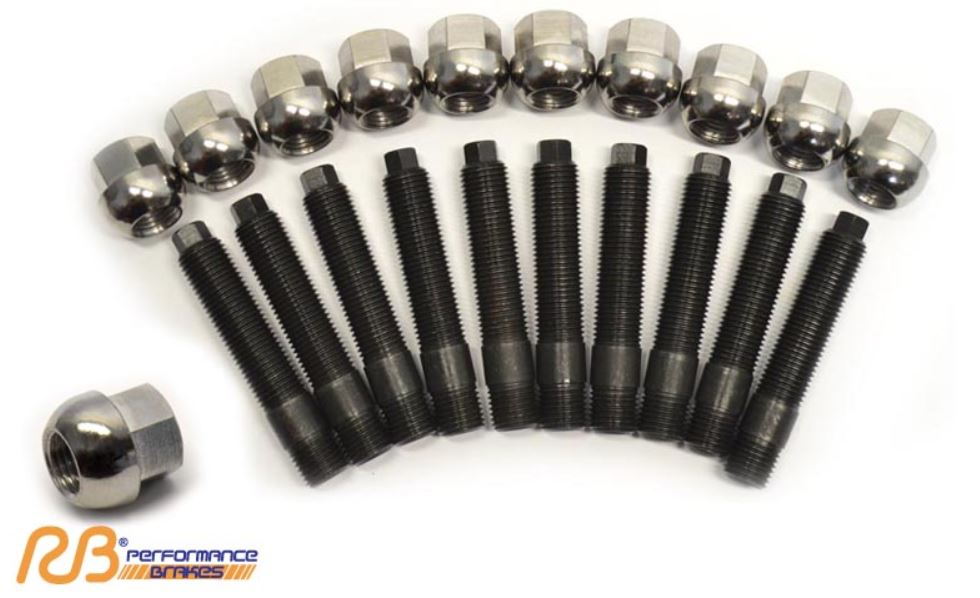 There is something to be said about taking a road trip during the summer; the freedom, low stress and relaxation, and the simple joys that come with exploring the country through the rolled […]
There is something to be said about taking a road trip during the summer; the freedom, low stress and relaxation, and the simple joys that come with exploring the country through the rolled […]
read more >
“You don’t need to reinvent the wheel.” At least, that’s how the saying goes. However, as manufacturers look into improving every aspect of their vehicle designs, the wheels will be looked into like any other component. At Blackburn, we’re always looking to keep our customers up to speed on the latest trends and innovations in […]
At Blackburn, we’re always looking to keep our customers up to speed on the latest trends and innovations in […]
read more >
While alloy wheels are nothing new, their popularity has risen more and more due to their bevy of advantages. So, let’s run through some of those advantages and why Blackburn’s collection of OEM Alloy Wheels is so unique and high-quality.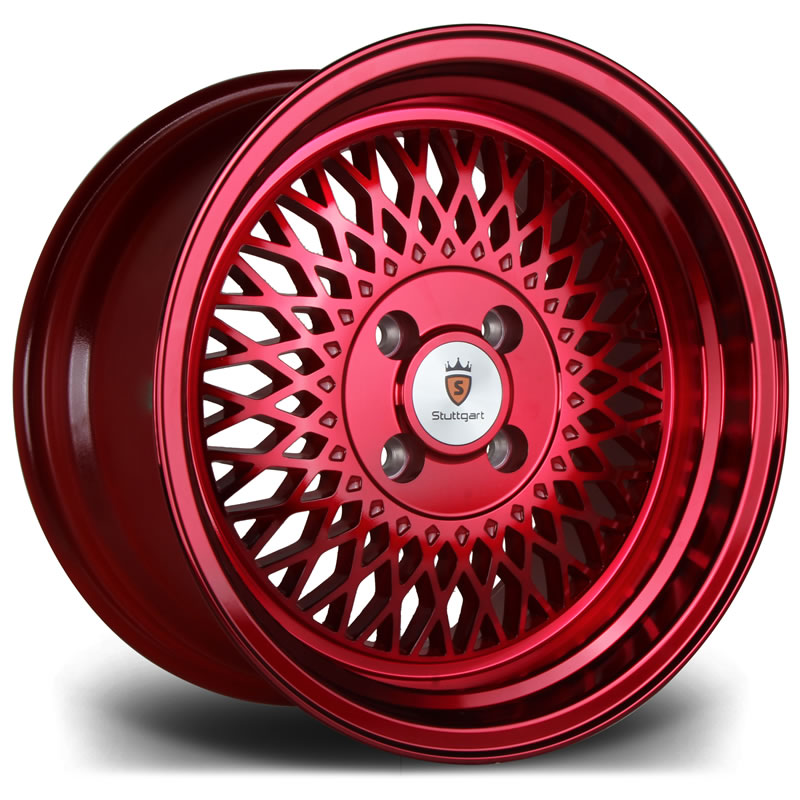 Alloy Wheels are Light-Weight: Compared to their steel counterparts, alloy wheels, commonly made from an […]
Alloy Wheels are Light-Weight: Compared to their steel counterparts, alloy wheels, commonly made from an […]
read more >
Alloy wheels are well-deservedly popular with motorists. But along with the advantages of casting, they have one significant drawback. With strong impacts, the discs are damaged, creating a danger on the road. Repair of alloy wheels allows you to eliminate some malfunctions and extend their life.
We have already written about the differences between stamped and alloy wheels, as well as about painting alloy wheels with your own hands. This article will be a good addition to the previous ones.
All alloy wheels are divided into two main groups.
Motorists should be aware that it is not safe to operate "problem" alloy wheels. Currently, most of the faults are successfully eliminated. Depending on the nature of the damage to the alloy wheel, the appropriate repair technology is selected.
The main types of damage to alloy wheels are:
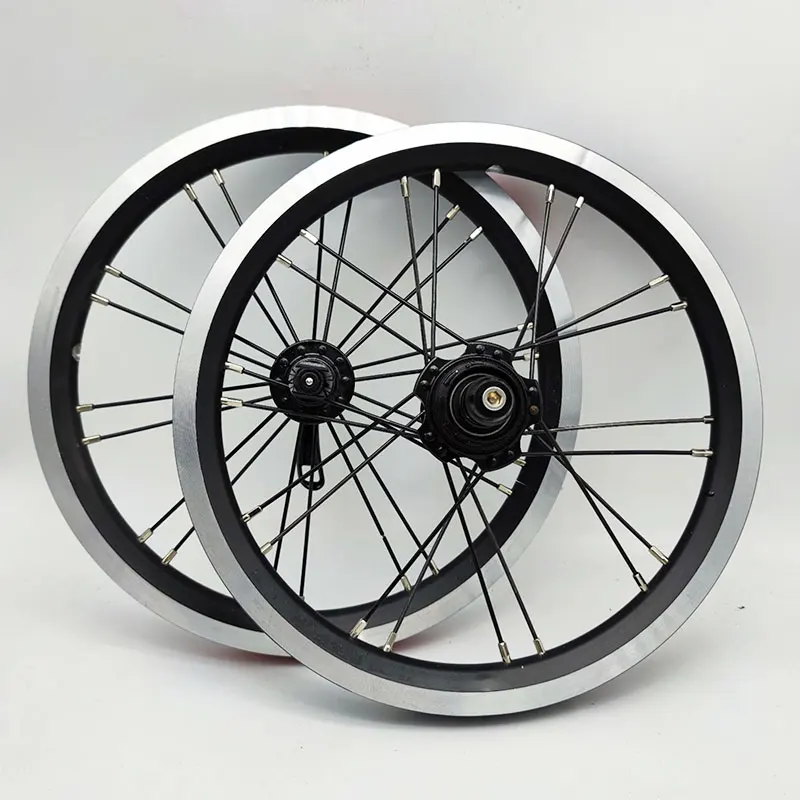
In which driving situations do these problems appear?
Before going to a specialized workshop that repairs alloy wheels, the motorist needs to know what problems become fatal for casting. Not all car service workers will honestly and directly refuse to work in case of serious breakdowns. Some will take advantage of the owner's naivety to gain. Therefore, in the absence of a reliable master, you should independently evaluate the condition of the disk.
Not all car service workers will honestly and directly refuse to work in case of serious breakdowns. Some will take advantage of the owner's naivety to gain. Therefore, in the absence of a reliable master, you should independently evaluate the condition of the disk.
Even the most experienced craftsmen, equipped with the latest equipment and devices, will not undertake the repair of the following damage:
Alloy wheel repair problems require the assistance of qualified professionals. With your own hands, you can only fix the protective coating. Often, high-quality casting repair requires expensive equipment and tools, as well as the knowledge and skills of personnel.
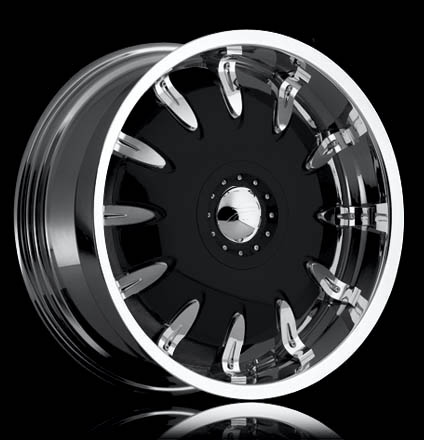 After that, even defects that are imperceptible at first glance can be detected.
After that, even defects that are imperceptible at first glance can be detected. 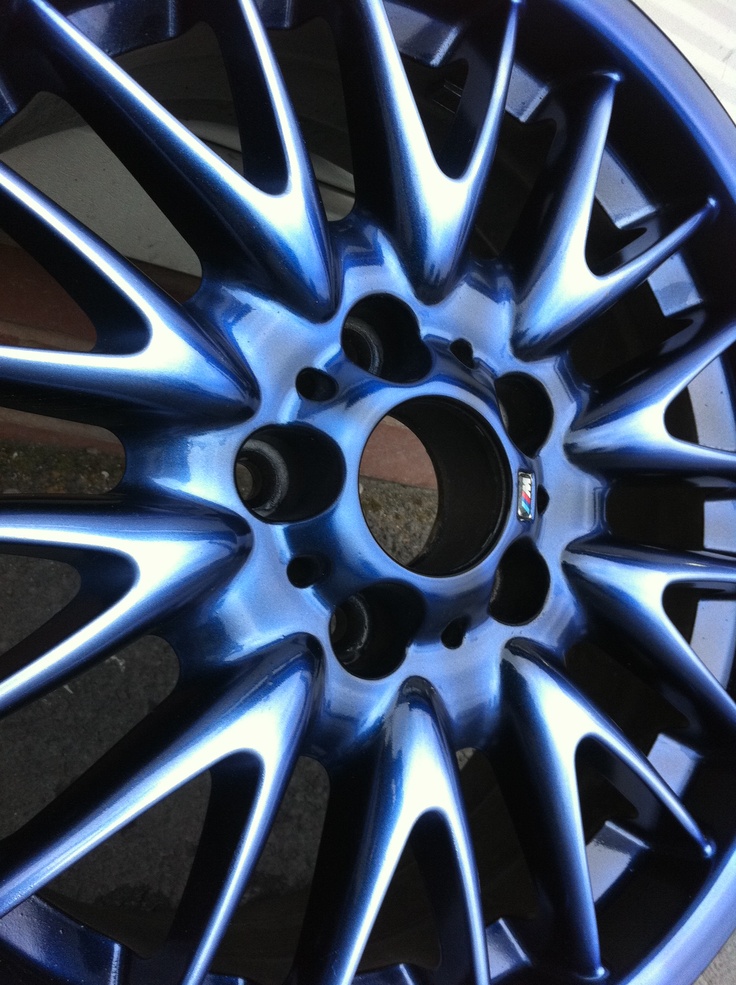
Thanks to modern restoration techniques, many damaged alloy wheels can be successfully repaired. The professionalism of service station workers and the availability of high-tech equipment will become important components of the full restoration of casting performance.
1. Make sure that the number of mounting holes (LZ) and the diameter of the circle of their location (PCD) correspond to the installation dimensions on the vehicle hub. Mounting holes always make a larger diameter than a bolt or stud and you can make a mistake in choosing a wheel if the PCD differs from the standard one by a couple of millimeters, for example 4x98 and 4x100, 5x112 and 5x114. 3. It is unacceptable to install a wheel with a 5x114.3 mount on a hub with an LZxPCD 5x112 mount. In this case, only one of all the nuts (bolts) will be completely tightened, and the rest will be “taken away” and the fasteners will be undertightened or tightened with a warp, and, as a result, the fit of the wheel to the hub will not be complete. On the move, such a wheel will “beat”, and not fully tightened nuts will unscrew by themselves, and the car on the move may completely “lose” the wheel.
3. It is unacceptable to install a wheel with a 5x114.3 mount on a hub with an LZxPCD 5x112 mount. In this case, only one of all the nuts (bolts) will be completely tightened, and the rest will be “taken away” and the fasteners will be undertightened or tightened with a warp, and, as a result, the fit of the wheel to the hub will not be complete. On the move, such a wheel will “beat”, and not fully tightened nuts will unscrew by themselves, and the car on the move may completely “lose” the wheel.
2. Tire fitting must be done with good equipment to avoid damage to the paintwork of the wheel.
3. When balancing a tire on a wheel using Velcro weights, the appropriate balancer mode must be selected.
4. Vehicle manufacturers are constantly improving their cars and expanding their equipment, so when installing a wheel on a car, you should make sure that nothing prevents the hub and wheel mating surfaces from tightly closing, and that there is no contact between the back of the wheel and brake parts, suspension, steering gear of the car. Tight closure can be prevented, for example: guide pins (“catchers”), heads of brake drum screws protruding beyond the mating plane, non-standard elements of the suspension and brake system. When installing the wheel, the following requirements must be met:
Tight closure can be prevented, for example: guide pins (“catchers”), heads of brake drum screws protruding beyond the mating plane, non-standard elements of the suspension and brake system. When installing the wheel, the following requirements must be met:
- The minimum clearances between the wheel and brake parts (based on the worst case when new brake linings are installed) must be at least 3mm;
- the minimum clearances between the wheel and suspension parts (for example, lower and upper suspension arms) must be at least 4 mm;
- the minimum clearances between the wheel and steering gear parts (for example, steering rod or steering knuckle ball joint) must be at least 4 mm;
- The minimum clearance between the wheel and other structural elements of the vehicle must be at least 2 mm.
Before installing the wheels, the seating surfaces of the hubs and discs should be cleaned of dirt.
5. Make sure the wheel fits into the vehicle's hub in its center hole. If the diameter of the center hole of the wheel is larger than the diameter of the hub, select the appropriate centering ring (adapter).
If the diameter of the center hole of the wheel is larger than the diameter of the hub, select the appropriate centering ring (adapter).
Fitting an adapter is a must to ensure accurate wheel centering. During the operation of the car, after repeated removal and installation of the wheel, the centering ring may be damaged, it should be replaced with a new ring.
6. To fasten light-alloy wheels, it is necessary to use bolts (nuts) with a head ("skirt"). You should make sure that the mating profiles of the fasteners and the holes in the wheel match, and that the length of the threaded part of the bolt or stud is sufficient for its reliable fastening. The number of turns of the bolt (nut) until fully tightened should be at least 6-8 turns. The tightening torque of the fixing bolts (nuts) is given in the passport for the car, as a rule, it is at least 90 Nm for M12x1.25 thread, not less than 110 Nm for M12x1.5 thread.
For M14x1.5 thread, the tightening torque is 110-170Nm.